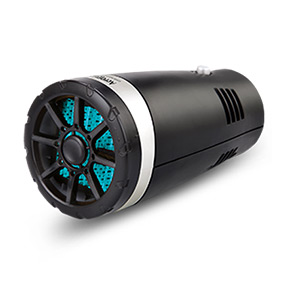Understanding Throttle and Clutch Dynamics in Automotive Performance and Control
Understanding Throttle and Clutch Key Components of Manual Transmission
When it comes to driving a manual transmission vehicle, two components critical to the operation and performance of the car are the throttle and the clutch. Understanding their functions and the interplay between them is essential for both novice drivers and experienced ones looking to refine their skills. In this article, we’ll explore these two components in detail, their significance in the driving experience, and some tips for effective use.
The Throttle Controlling Power
The throttle is essentially the driver’s means of controlling the engine's power output. When you press the accelerator pedal, you are opening the throttle valve, allowing more air and fuel to enter the combustion chamber. This increase in the air-fuel mixture results in greater power generation, propelling the vehicle forward. The throttle is directly connected to the engine's performance; thus, the way you manage it can significantly impact the driving experience.
In a manual transmission vehicle, managing the throttle is particularly crucial during acceleration and deceleration. Smooth and gradual application of the throttle is key to maintaining control over the vehicle and preventing unwanted wheel spin, especially in slippery conditions. This becomes even more critical when navigating corners, where a sudden application of throttle can lead to loss of traction and stability.
The Clutch Engaging and Disengaging Gears
The clutch operates as a bridge between the engine and the transmission. Its primary function is to disengage the engine from the wheels, allowing the driver to change gears without damaging the transmission. When you press the clutch pedal, you disengage the engine's power, enabling you to shift into a different gear. Releasing the clutch pedal then reconnects the engine and the wheels.
Proper use of the clutch is vital for smooth gear transitions. When starting from a stop, releasing the clutch too quickly can lead to stalling the engine or a jerky launch. Conversely, holding the clutch pedal down for too long can cause excessive wear and tear, potentially leading to clutch failure. The key is to find the balance—slowly releasing the clutch while simultaneously applying the throttle to create a seamless and smooth transition.
The Interplay Between Throttle and Clutch
The relationship between the throttle and the clutch is where much of the mastery of driving a manual transmission lies. Effective driving involves coordinating the two components to enhance performance. For example, during acceleration, pressing the throttle while gradually releasing the clutch allows for clean shifts and avoids stalling. Conversely, during downshifting, you might use throttle blipping—a technique where you give a little gas while downshifting to match the engine’s RPM with the wheel speed, ensuring a smooth transition.
throttle clutch

Understanding when to engage and disengage the clutch in relation to throttle input is crucial. For instance, during rapid acceleration or when approaching a stop, knowing how to modulate both can significantly affect your vehicle’s performance and handling.
Tips for Mastering Throttle and Clutch Control
1. Practice Smooth Transitions Begin in a safe, open area and practice starting, stopping, and shifting through gears. Focus on the smoothness of both your clutch and throttle inputs.
2. Learn the Bite Point The ‘bite point’ is where the clutch begins to engage. Familiarize yourself with this point; it varies between vehicles and is crucial for smooth starts and shifts.
3. Throttle Control Avoid sudden or harsh throttle inputs, which can disrupt traction and stability. Instead, apply the throttle smoothly and progressively, especially when cornering.
4. Rev Matching When downshifting, practice rev matching to keep the engine and wheels in sync, preventing unwanted jerks or loss of control.
5. Listen to the Engine Pay attention to the engine sound and feel. Familiarizing yourself with the engine's behavior will enhance your ability to manage both the throttle and clutch.
Conclusion
Mastering the throttle and clutch is an essential skill for anyone driving a manual transmission vehicle. These components significantly influence how a car handles, accelerates, and responds to the driver. With practice and patience, drivers can enhance their proficiency, resulting in a smoother and more enjoyable driving experience. Whether you’re a novice driver or have years of experience, always remember that the key to mastering manual driving lies in the harmonious connection between your throttle and clutch.
-
Upgrade Your Control with Premium Throttle CablesNewsAug.08,2025
-
Stay in Control with Premium Hand Brake CablesNewsAug.08,2025
-
Experience Unmatched Performance with Our Clutch HosesNewsAug.08,2025
-
Ensure Safety and Reliability with Premium Handbrake CablesNewsAug.08,2025
-
Enhance Your Vehicle with High-Performance Clutch LinesNewsAug.08,2025
-
Elevate Your Ride with Premium Gear CablesNewsAug.08,2025
